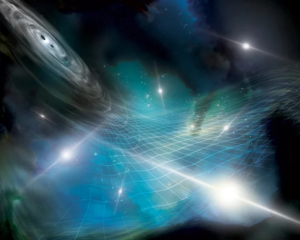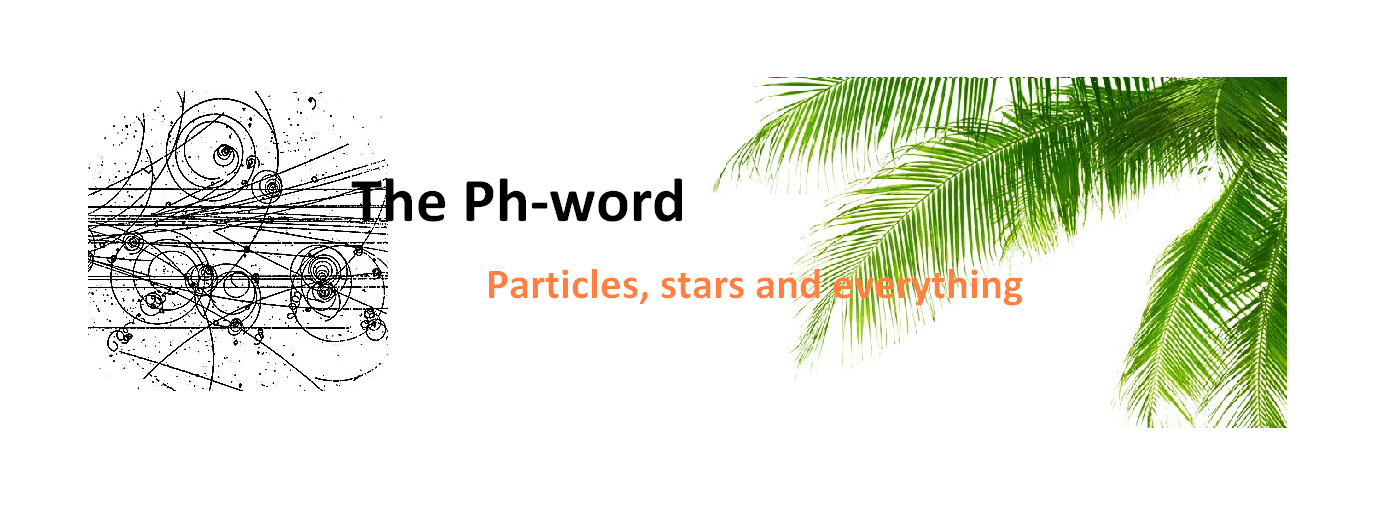2023 was not a tremendous year in terms of ph-news. We’d say that its litest piece was a very particular detection of gravitational waves. Along with a few developments in solar system exploration.
Waves in time and space
Gravitational waves. Those iridescences of gravity which run through space and which get occasionally detected by the LIGO and VIRGO experiments in the last years. The source of those gravitational waves that we can capture is the merging of distant black holes and neutron stars; only events of such caliber involve so large masses changing so suddenly that eventually they can wave gravity (and change slightly, but measurably, the lengths between the arms of the two experiments on Earth). But last year’s discovery was different and more sophistiqué.
Last year’s discovery, then, was the “gravitational wave background”, ripples that bathe the whole universe constantly, instead of isolated happenings. If we spoke in terms of sound, they would be exceptionally bass: the distance between two peaks of such waves is comparable to distances between stars.
Last year, the scientific team known as NANOGrav looked at 15 years of data from radiotelescopes around the world, and more specifically at the signals from pulsars – the nuclei of exhausted stars whose extremely stable rotation makes them stand out like cosmic lighthouses in astrophysicists’ radiotelescopes. The thing with pulsars is the precision of their rotation, so exquisite that minuscule changes show clearly in their signal. Like, for instance, when passing gravitational waves rock them lightly. Or when, case at hand, they rock many of them in coordination even though they are cosmic distances apart… exactly what people over at NANOGrav saw happening, and which can only be due to the “background”.

One more case, this blog will comment, as is common in astrophysics, where the technical part of the discovery –the radiotelescopes’ capacity and the quality of analysis– are as impressive as the discovery itself and fill us with various thoughts about humankind.
Voyage to the Moon, deliveries from asteroids
On the space exploration front, India became the fourth country to moon-land successfully, with the Chandrayaan-3 mission and its rover Pragyan. (And in news which is less scientific but does capture the imagination, the russian spacecraft Luna 25 failed and crashed on the Moon, an event followed by the deaths of the mission’s two top officers in the next days.)
Finally, 2023 saw the analysis of soil coming from two different asteroids – or at least the beginning of the analysis, because the night is still young. The sample from asteroid Bennu, fetched by the american craft Osiris-Rex, was already found to have carbon compounds and water molecules. The sample from Ryugu, fetched by the japanese Hayabusa, even has complex molecules like vitamin B3 and one RNA base.
(Finds like these support the theory that water, as well as chemical compounds that later led to life, might have come to Earth through collisions with asteroids when the solar system was still forming. The answer is certainly still far from us but the question is probably interesting.)
—
Do you want to receive one monthly reminder with links to the Ph-word posts? Join the mailing list.
